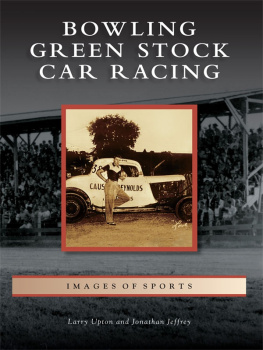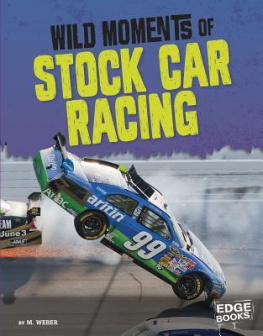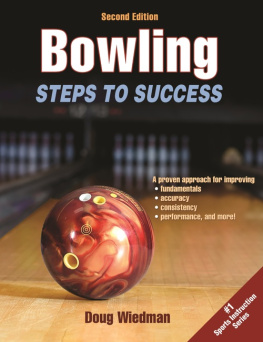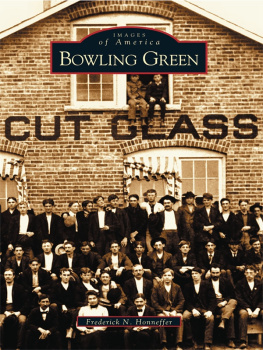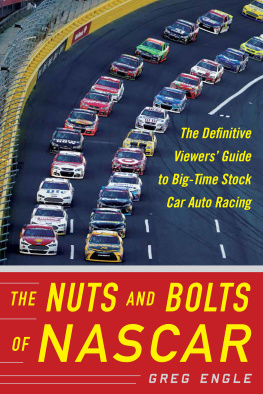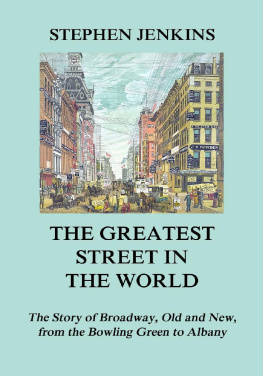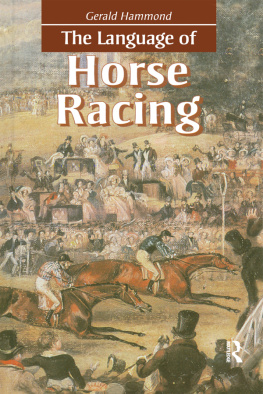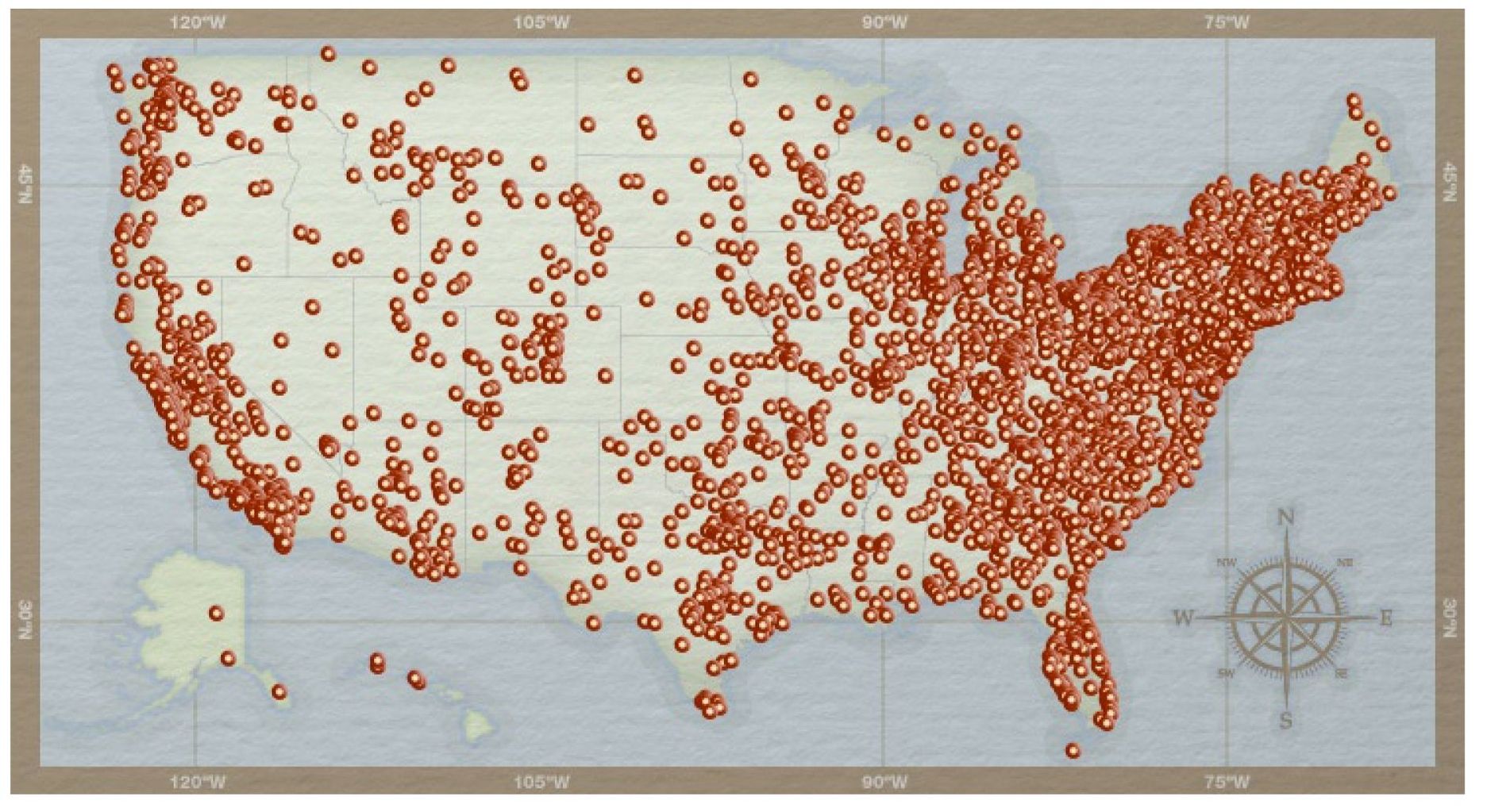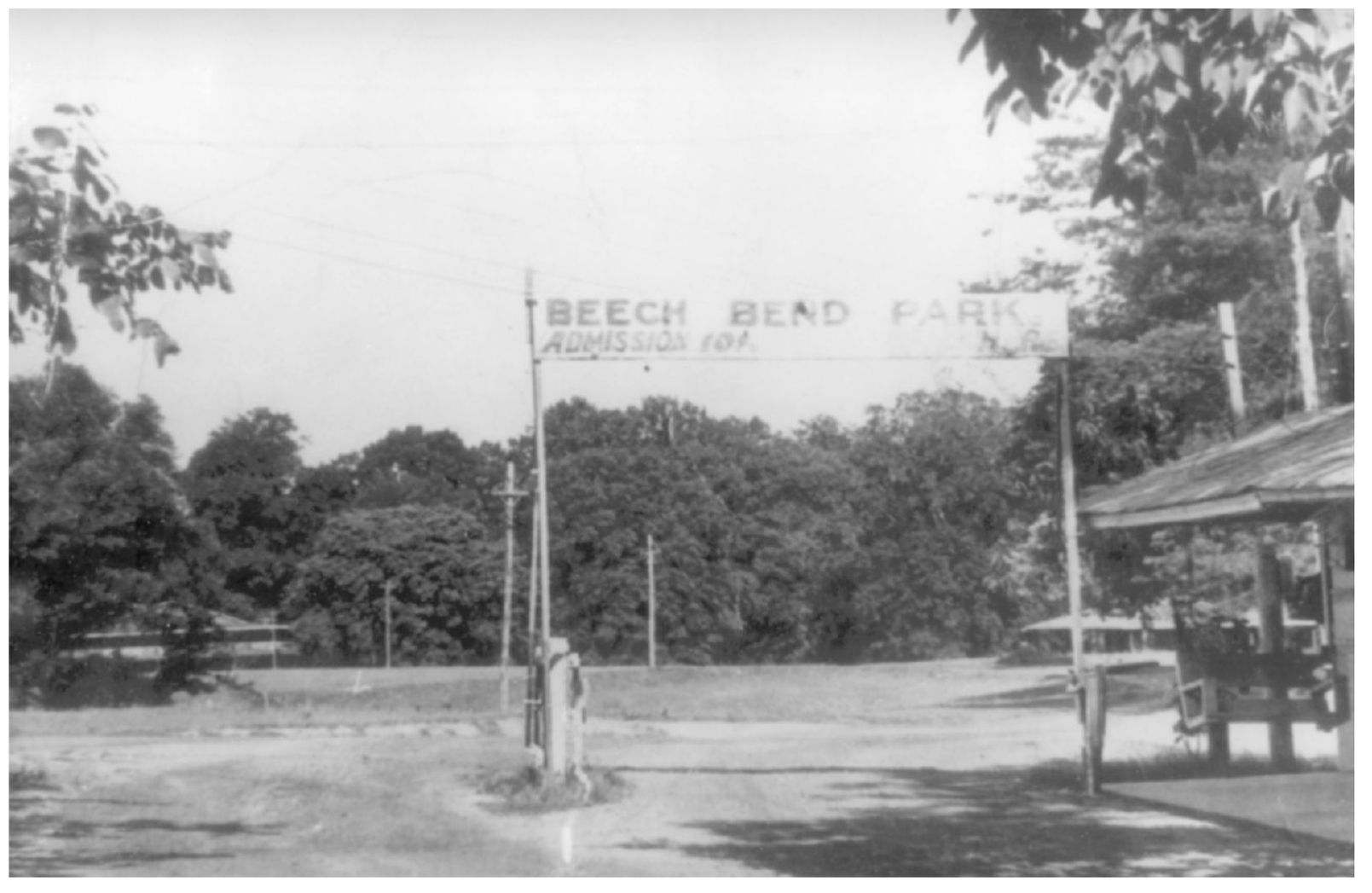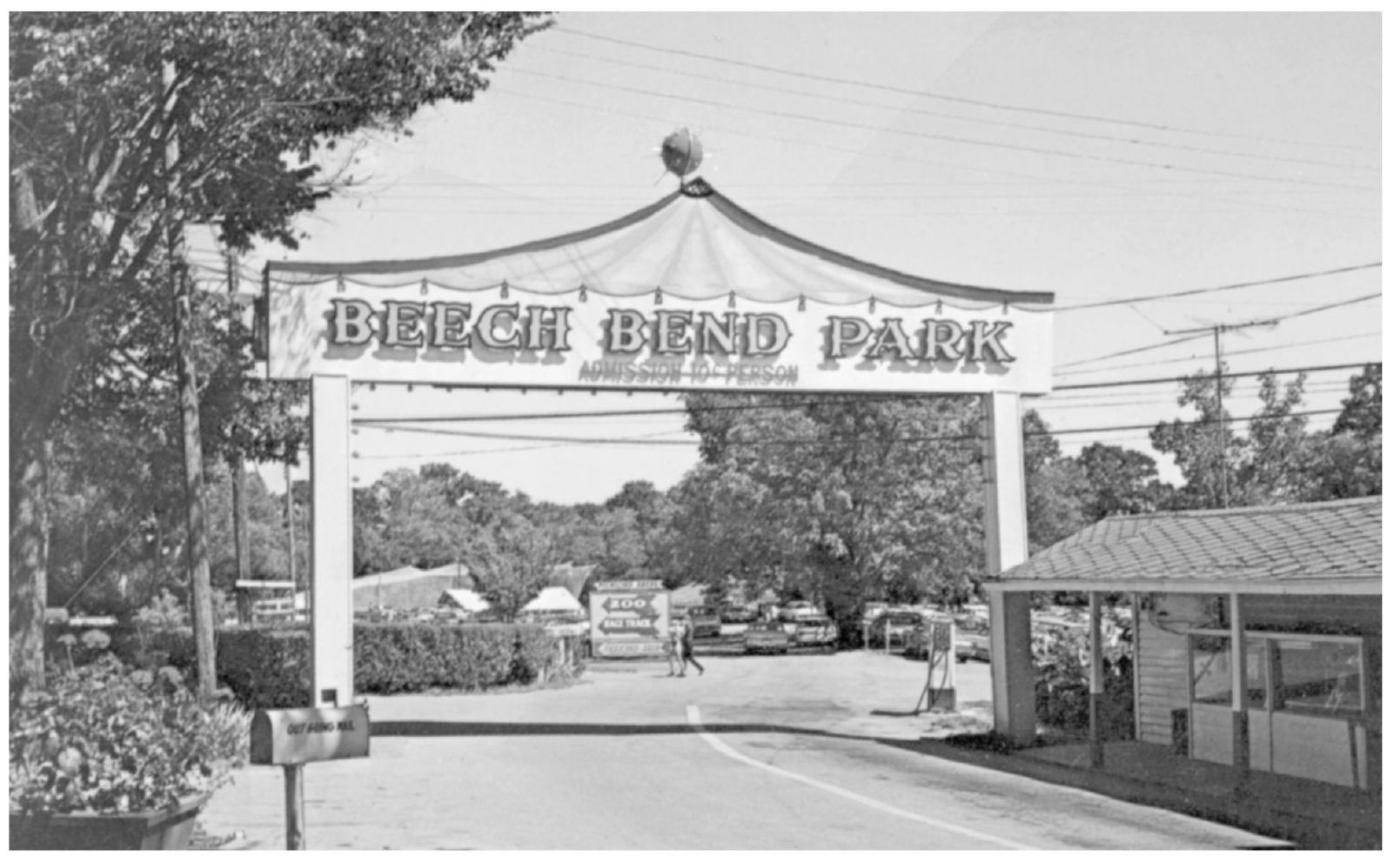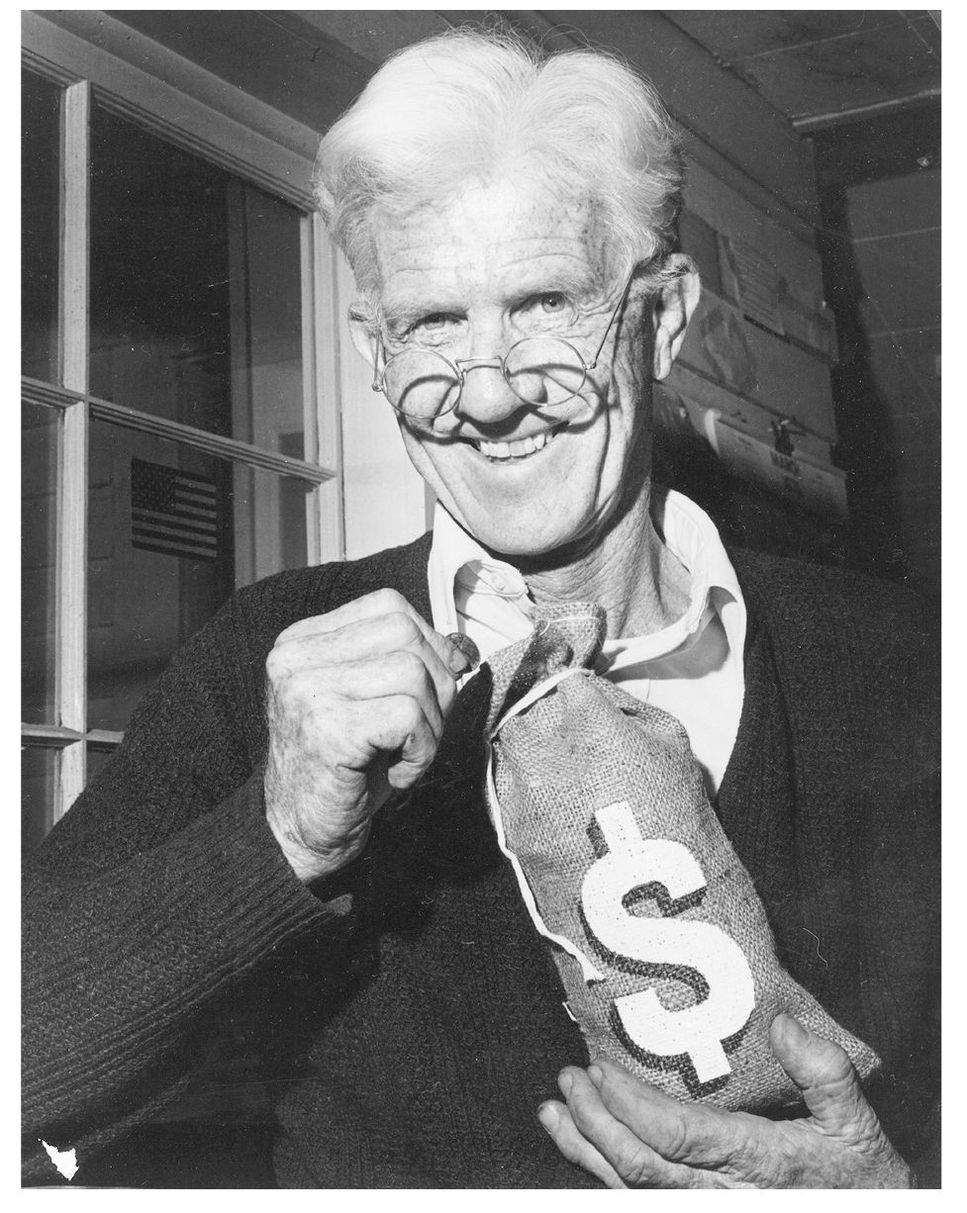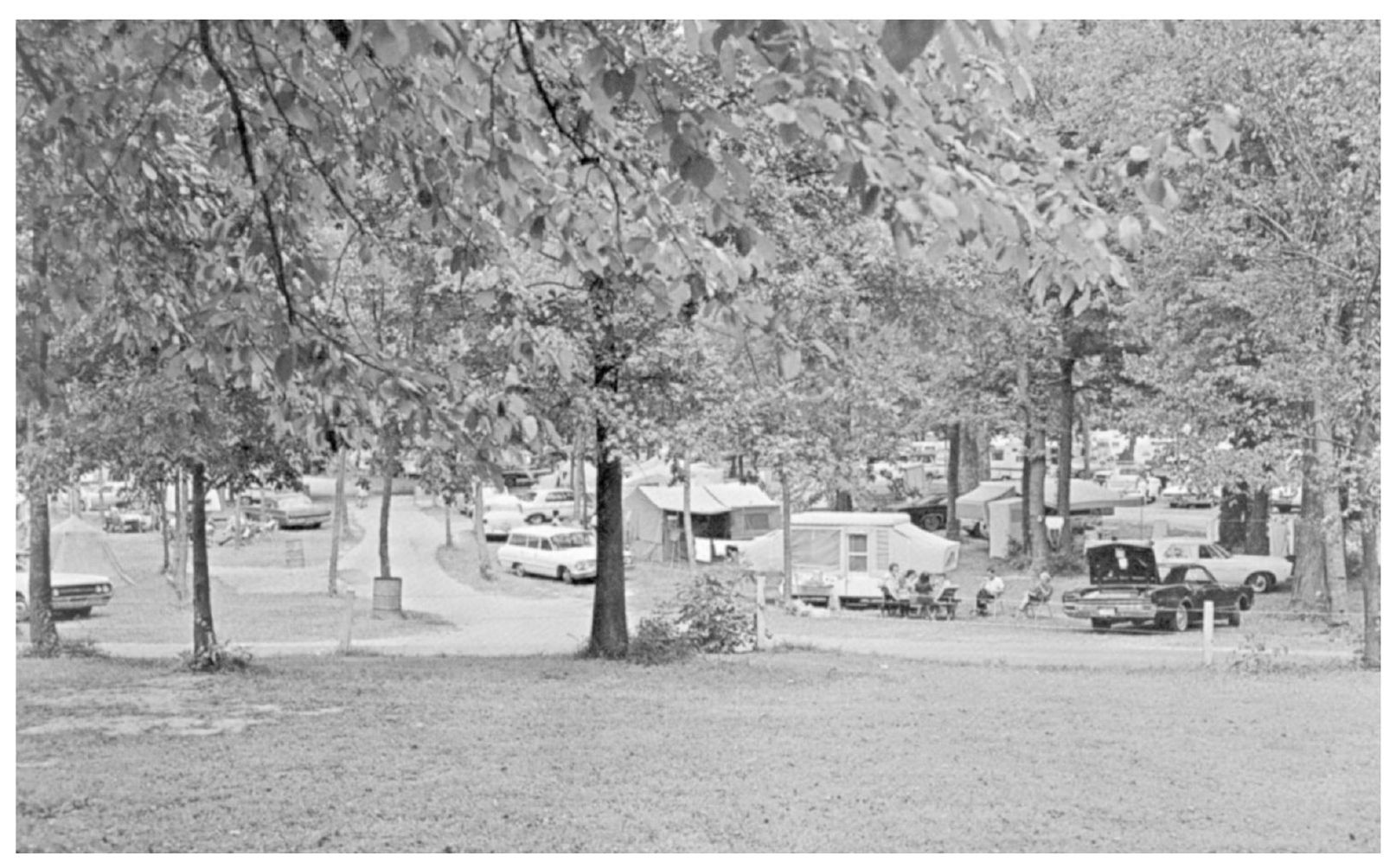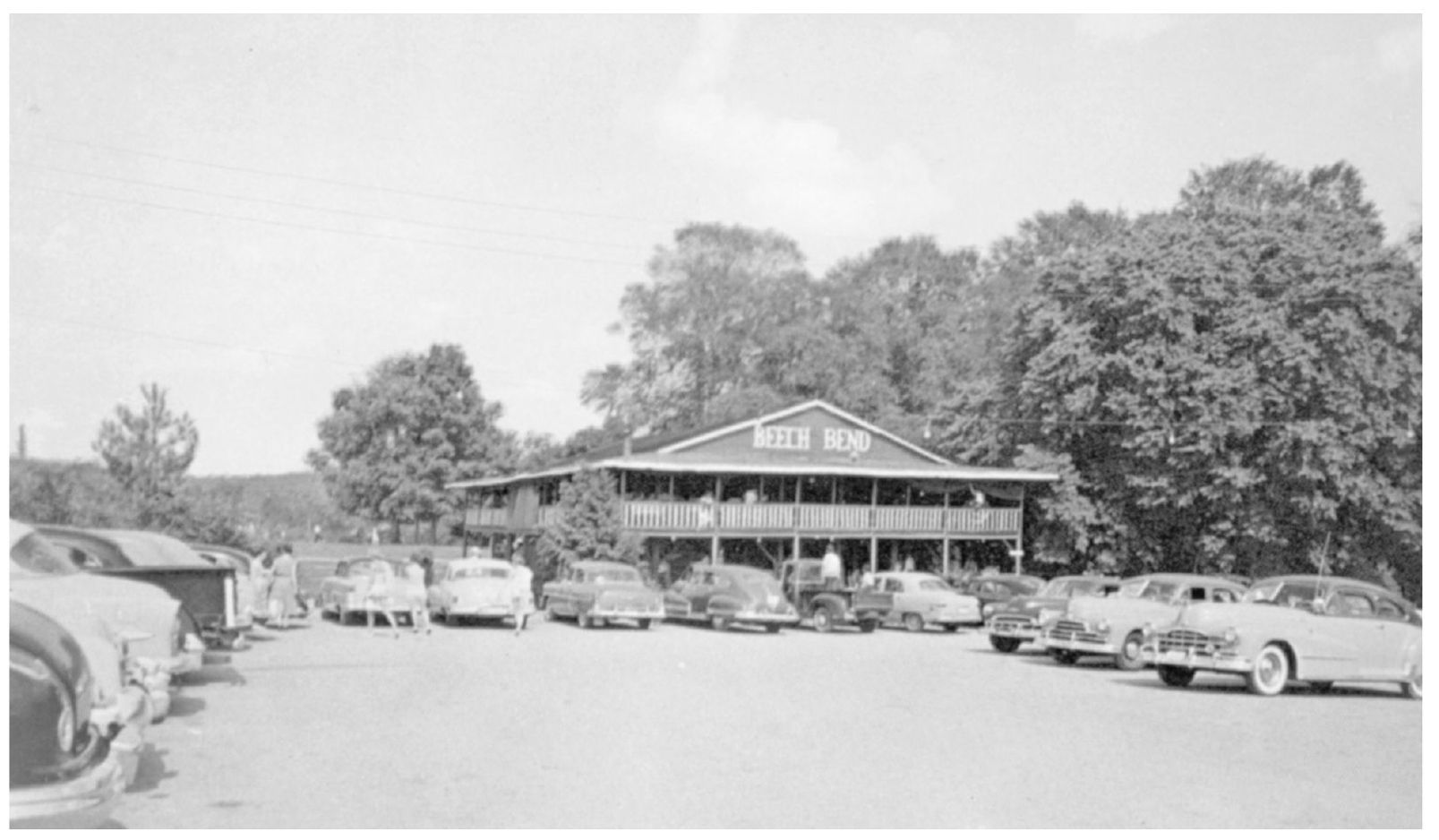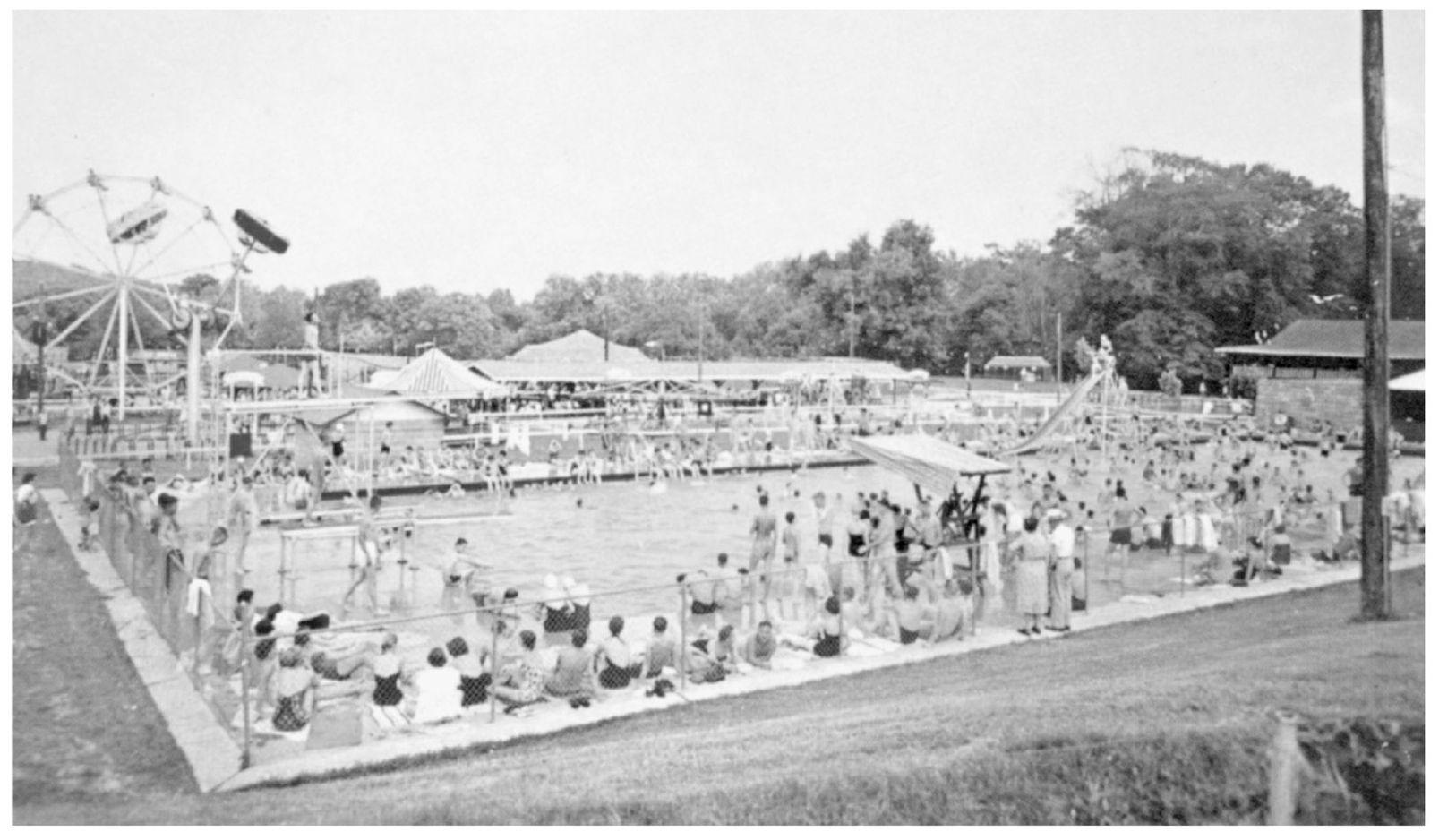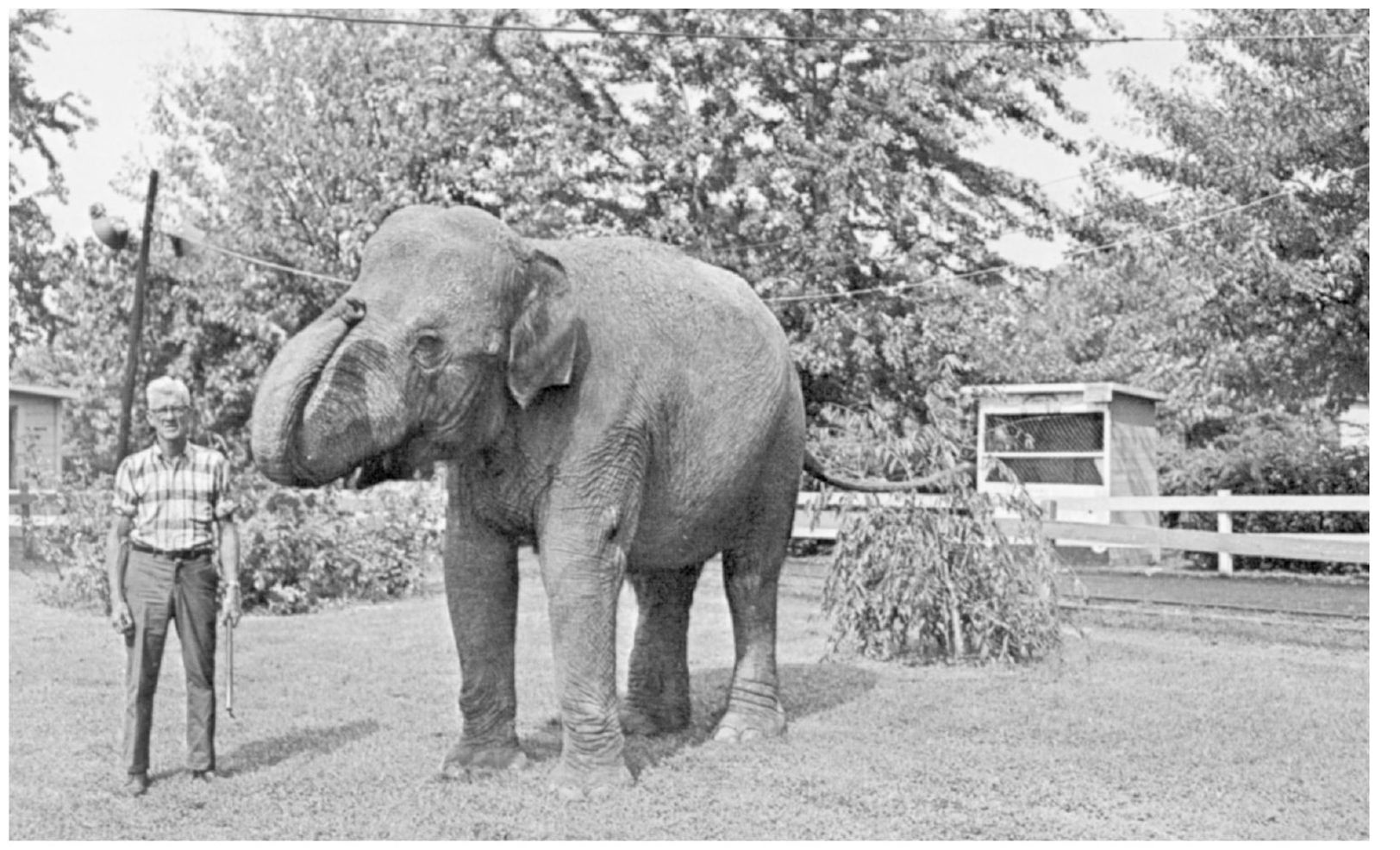1
FIRST THERE WERE MOTORCYCLES
Racing is the most ancient of sports, dating beyond the dim past of humankinds earliest scribbling. The desire to compete, to prove ourselves, to be the best, and to win seems to be a natural part of our human makeup. We have made a contest of everything from horse racing to horseshoes to chili cook-offs. In many ways, life itself is an internal contest of sorts, an endurance test or, in the words of Shakespeares Hamlet, Whether tis nobler in the mind to suffer the slings and arrows of outrageous fortune or to take arms against a sea of troubles. Let it be said that stock car drivers always elect to take up arms against the sea of troubles. Racing, if one thinks about it, is a metaphor for life, containing all the elements that make life interesting, exciting, frustrating, challenging, and fulfilling. It really does contain the thrill of victory and the agony of defeat.
It was inevitable that mans need to experience every emotion in every possible situation would eventually extend to automobiles. The earliest tracks were asphalt and hosted expensive open-wheel sports car races, which were considered very high-class events. Stock car races, however, originally catered to the common people primarily in the South and were shunned by the upper classes.
But before the stock car, motorcycles took center stage at Beech Bend Park with the first race held in 1946. Charles Garvin, a former prizefighter and the owner of Beech Bend Park, and Raymond McClard, the Harley Davidson motorcycle dealer in Bowling Green, were superior promoters of the races that took place at the park. Both were fearless, a trait required of a promoter, but were also likable, trustworthy, and well connected to the community. Garvin worked behind the scenes while McClard, also a Bowling Green politician, worked as the front man. They made an excellent team. But like all good things, it did not last. Ultimately, McClard pulled out of the partnership. Nevertheless, the two men launched something special in Bowling Green. Motorcycles had a monopoly for most of the period from 1946 until 1951, when stock car racing and unbelievable crowds took Beech Bend Park to another level.
Above is the original entrance to Beech Bend Park, which was used by the first stock car drivers. Below is an improved entrance from the 1970s with the ticket booth on the right. During Charles Garvins reign, the entry fee was always a dime. Prior to the building of the formal ticket booth, Garvin stood in front of his home, near where the mailbox is located, to collect his dimes. (Above, courtesy of David Garvin.)
Charles Garvin stands with the reward of his labors: a sack of dimes. Of course, once in Beech Bend Park, one paid a fee for various carnival rides and other entertainments; nevertheless, it is unusual that any business would maintain the same small entry fee of a dime over the course of so many years. (Right, courtesy of David Garvin.)
Although this photograph is from a more recent time, camping, fishing, or just relaxing was the original lure of Beech Bend Park. Charles Garvin, throughout his ownership of Beech Bend Park, charged just a dime to come through the front gate.
The dance pavilion at Beech Bend Park dates from the early 1900s and was always popular with anybody that liked to dance. It served as a social getaway during World War II and the Korean War for young soldiers stationed at military posts near Bowling Green. Men in uniform were regular visitors at the dance pavilion.
One of the first major attractions at Beech Bend Park was the opening of its public swimming pool in 1947. It was only the second outdoor swimming pool in Bowling Green, coming a few years after the opening of the pool at Western Kentucky University. Beech Bend Parks pool was large, 140 feet long and 60 feet wide, and had diving boards and a slide. It was a summertime favorite attraction at 25 per session plus, of course, the 10 entry fee.

